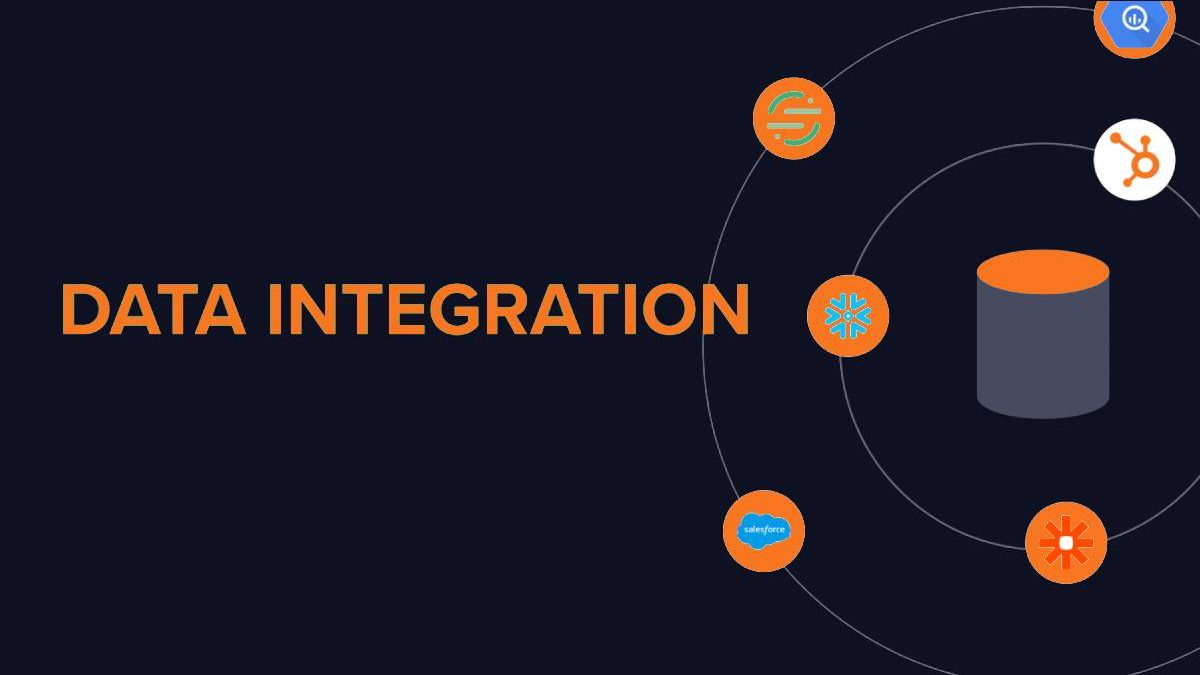The significance and usability of data is not what it used to be, for it has now become one of the most valuable assets for any business. Whether it’s customer information, financial records, sales data, or any other type of information, effectively harnessing and utilizing this data is essential for making informed decisions and staying competitive. Data integration is a crucial concept that helps organizations streamline their data management and leverage the full potential of their information resources.
Table of Contents
What is data integration?
Data integration refers to the process of combining, unifying and aligning data from different sources and of different formats and structures into a single coherent view. This process enables organizations to access and analyze their data seamlessly, leading to improved decision-making, efficiency, and insights. The primary goal of data integration is to provide a unified, holistic perspective of an organization’s data assets, breaking down data silos and ensuring that data is consistent and accurate.
Key components of data integration
- Data Sources – The first step in data integration is to locate and gather data from different sources, including databases, spreadsheets, cloud apps, Internet of Things (IoT) devices, and more. These resources may come from within the company or be external.
- Data transformation – After data has been gathered, it frequently needs to be transformed to make it compatible and consistent. To make sure that the data follows a standard format and quality criteria, this may comprise cleaning, normalizing, and enriching the data.
- ETL – Extraction, transformation, and loading, or ETL, are key steps in data integration. They entail gathering data from source systems, standardizing it, and then transferring it to a target database or data repository. These procedures are automated by ETL technologies, requiring less manual labor overall.
- Data Mapping: Data integration calls for the mapping of source system data items to corresponding destination system elements. This mapping ensures that data can be accurately transferred and understood across different systems.
- Data Quality and Governance: Ensuring the quality and integrity of data is vital in data integration. Rules for data security, quality and compliance are established with the use of data governance practices.
Benefits of data integration
- Better Decision-Making: Organizations can confidently make data-driven decisions when they have access to integrated data. A comprehensive overview of all pertinent data is provided via data integration, resulting in more precise insights.
- Increased Efficiency: Data integration cuts down on the time and work required for data collection and preparation. This efficiency then translates into quicker access to information and faster response times to allow for efficient analysis of this data.
- Enhanced Customer Experience: By combining data from numerous touchpoints, integrated data enables enterprises to better understand their customers. This helps enterprises in creating more individualized and responsive customer experiences.
- Cost reduction: Businesses can cut operational expenses and maximize resource utilization by streamlining data operations and removing duplicate data.
- Competitive Advantage: Companies who successfully utilize their data have an advantage over rivals. Data integration enables them to adapt swiftly to changing market conditions and emerging opportunities.
How has data integration evolved?
The significance and scope of data integration has changed from what it used to be. These changes have been driven by advancements in technology, changing business needs and the growing volume of data generated by organizations. In the early days, data integration was often a manual and labor-intensive process. Data from various sources had to be manually extracted, transformed, and loaded (ETL) into a centralized database. This approach was slow, error-prone, and not scalable. The advent of ETL (Extract, Transform, Load) tools in the 1990s marked a significant shift. These tools automated much of the data integration process, making it more efficient and reducing errors in data.
Challenges in data integration
While data integration offers substantial advantages, it comes with some challenges like –
- Data security and privacy – Integrating data from several sources can present security and privacy problems if they are not properly managed. Compliance with legislation and data protection must be given top priority by organizations.
- Compatibility: The integration process can be hampered by the presence of various data formats, structures and standards. For data consistency, compatibility concerns must be addressed.
- Scalability – With the rate at which data volumes increase, data integration tools should also be scalable to be able to handle the growing workloads.
- Data Governance – It is crucial that data governance practices are established to maintain data quality, accuracy and consistency throughout the data integration process.
Conclusion
Data integration must become an automated process within the organization so that manual entry of new data is avoided. The main purpose of data integration is to facilitate analytics so that users can have a unified view of all their data. Data integration helps avoid inaccurate and incomplete data, making it one the most critical steps in an enterprise’s analytics journey.

